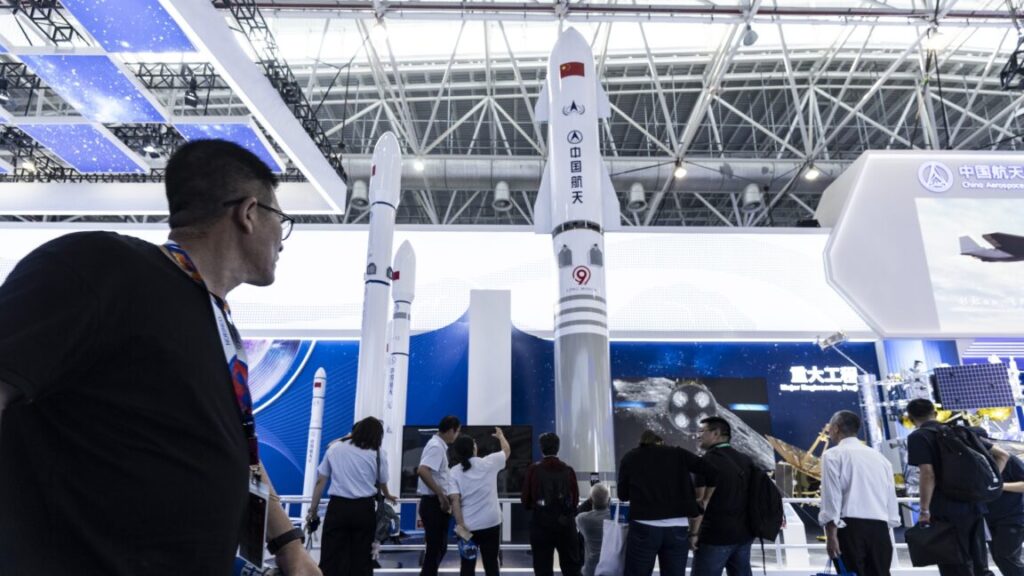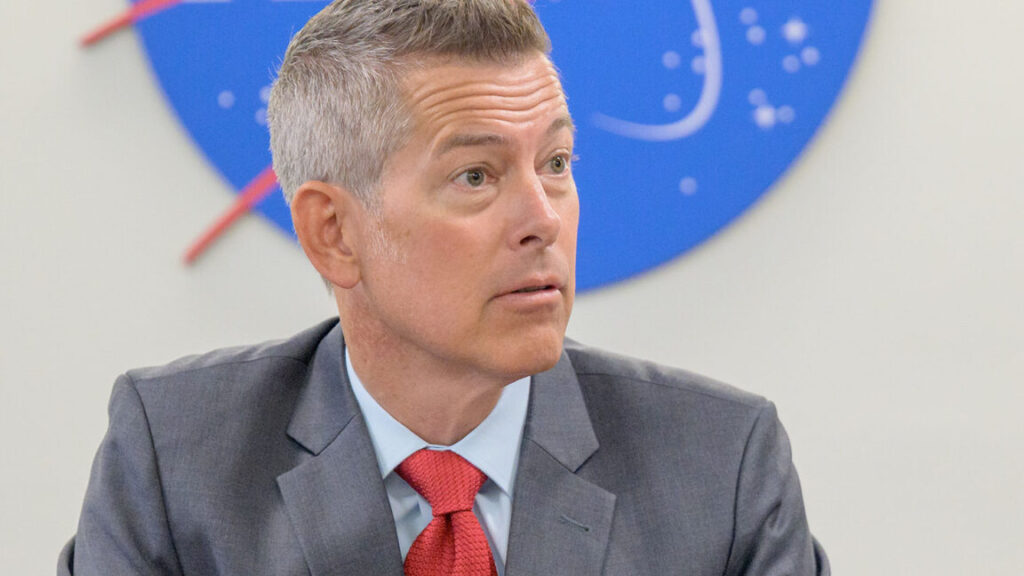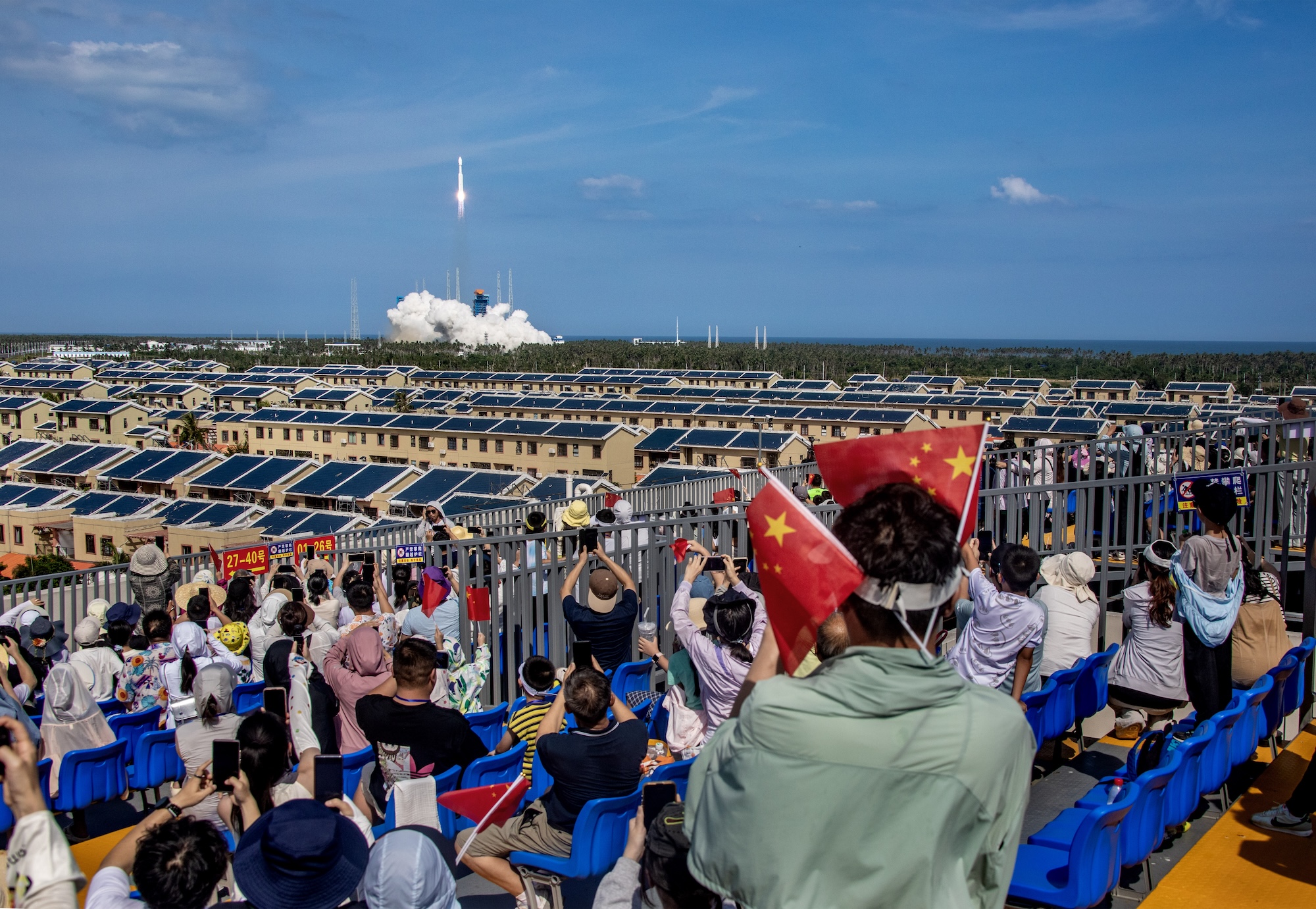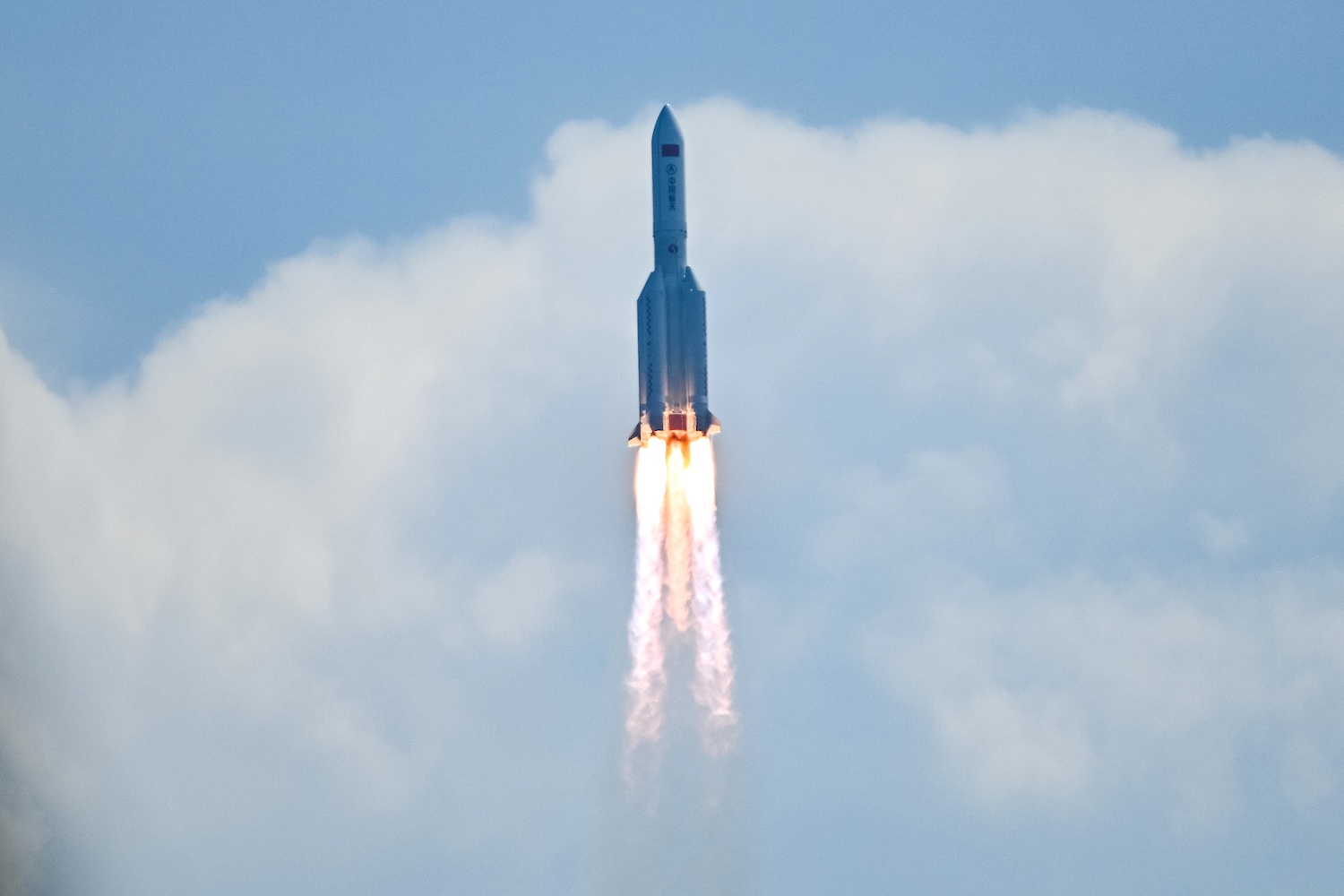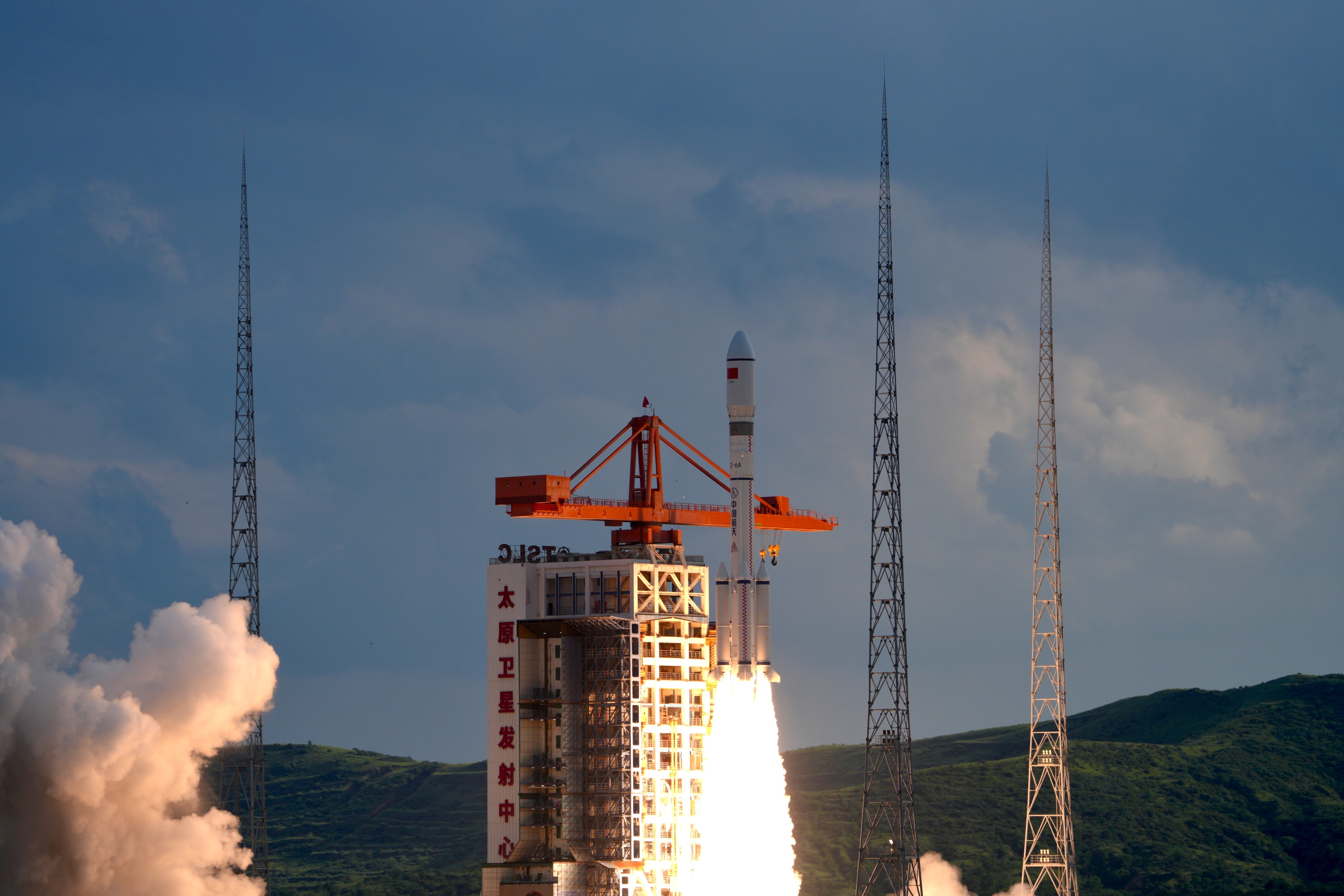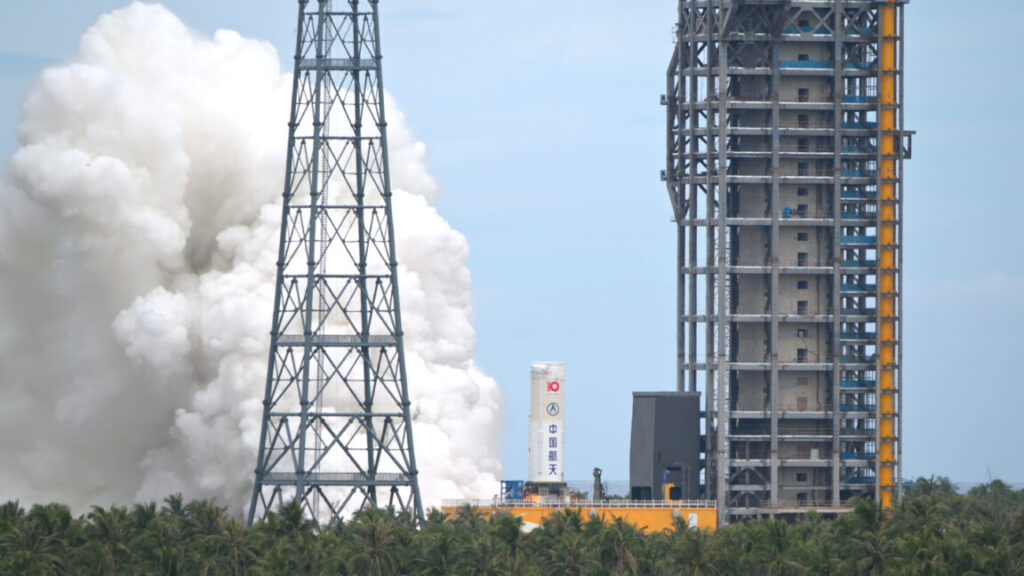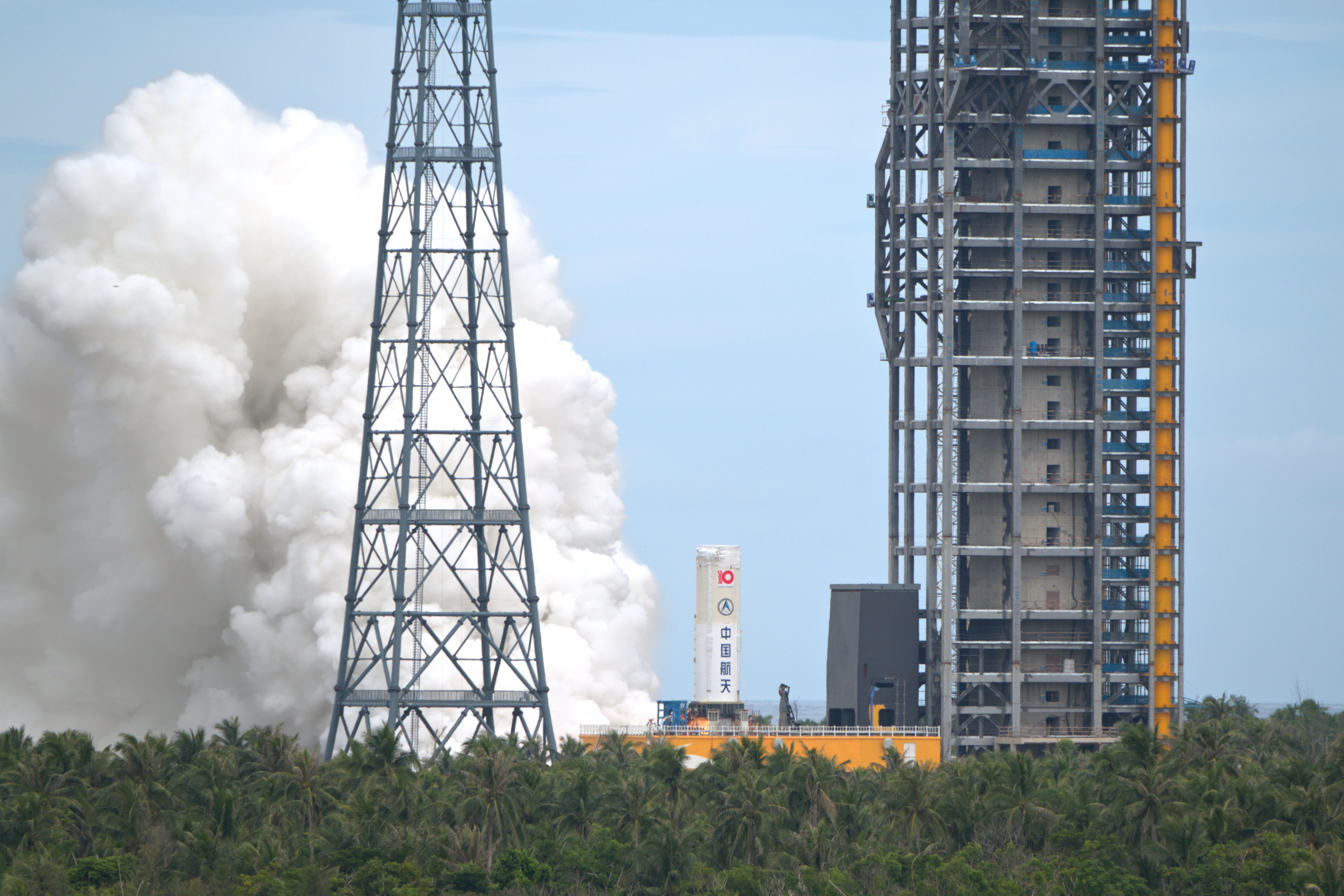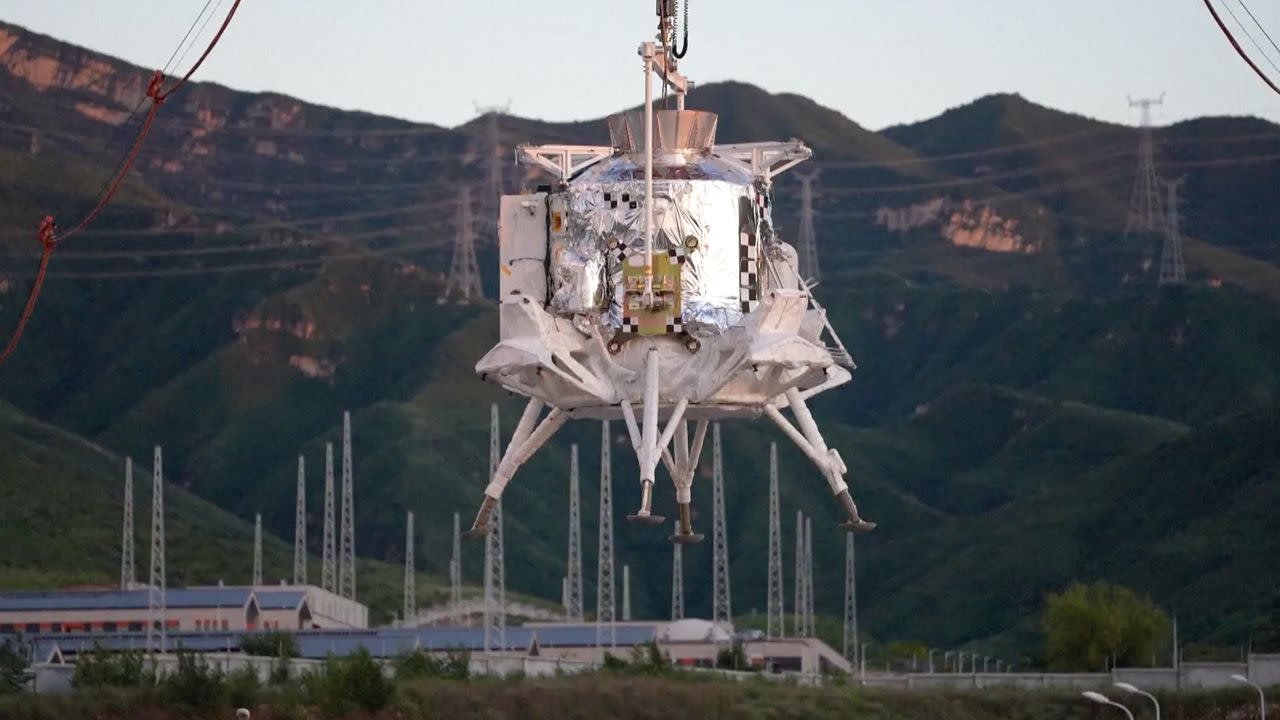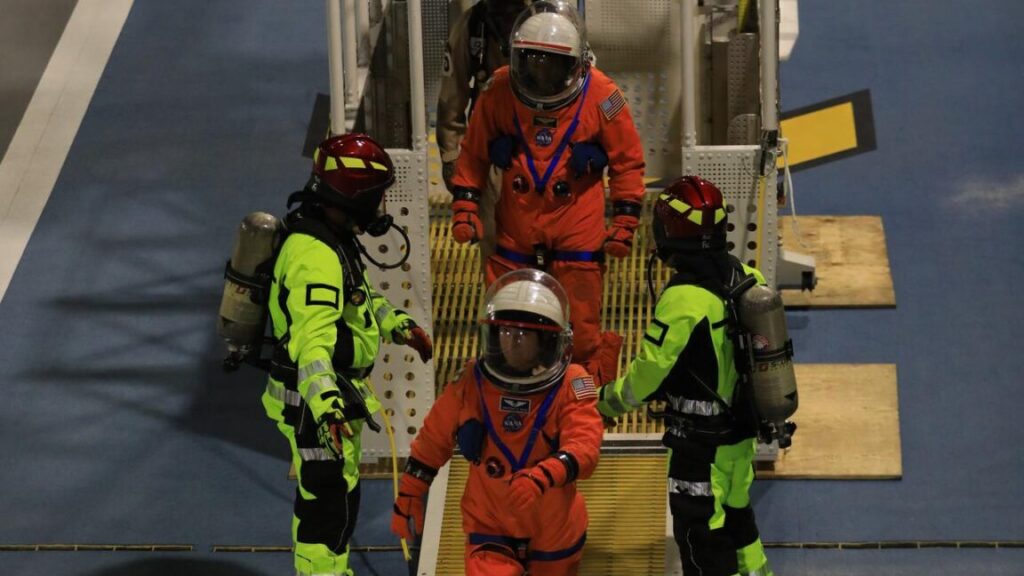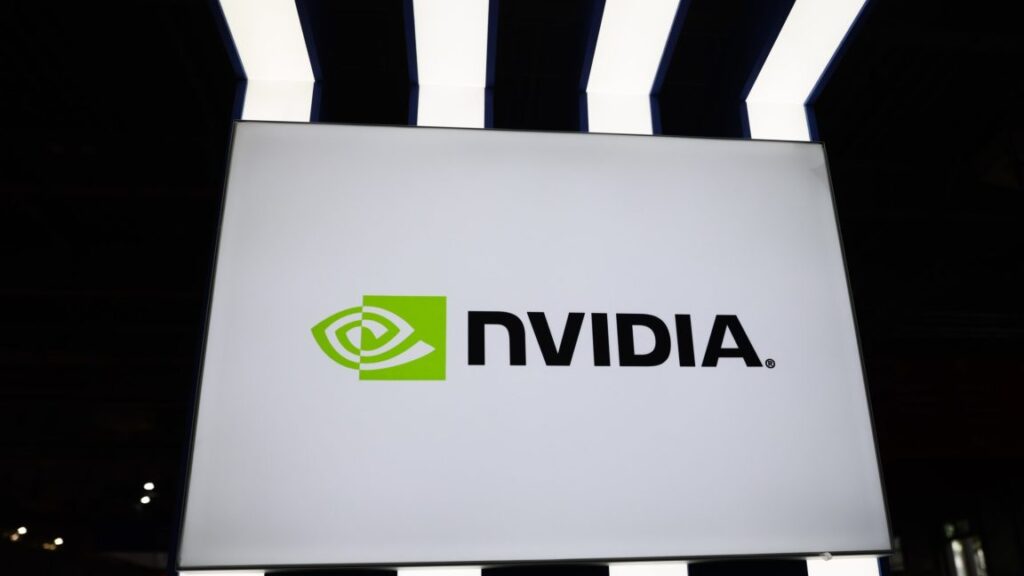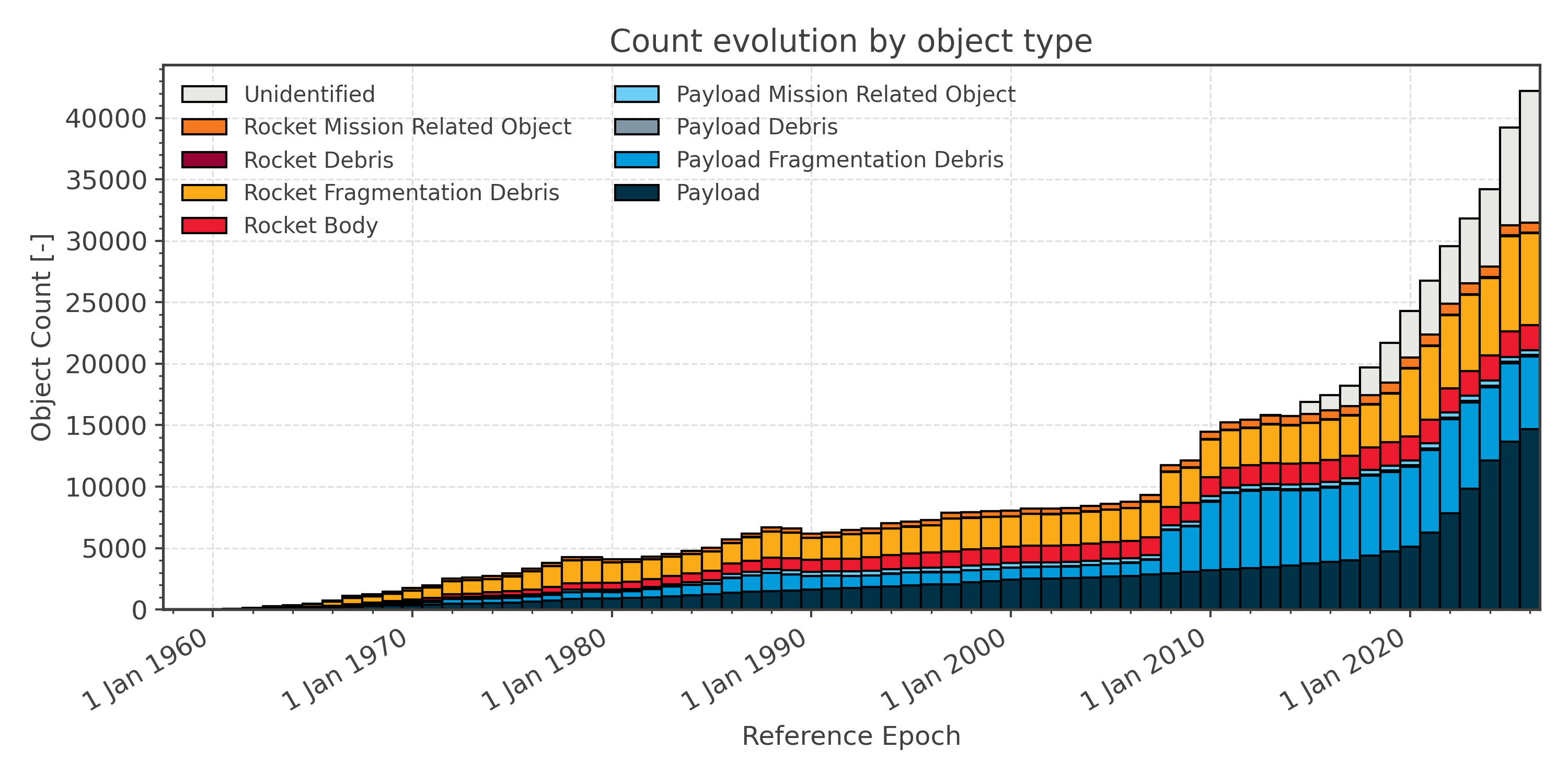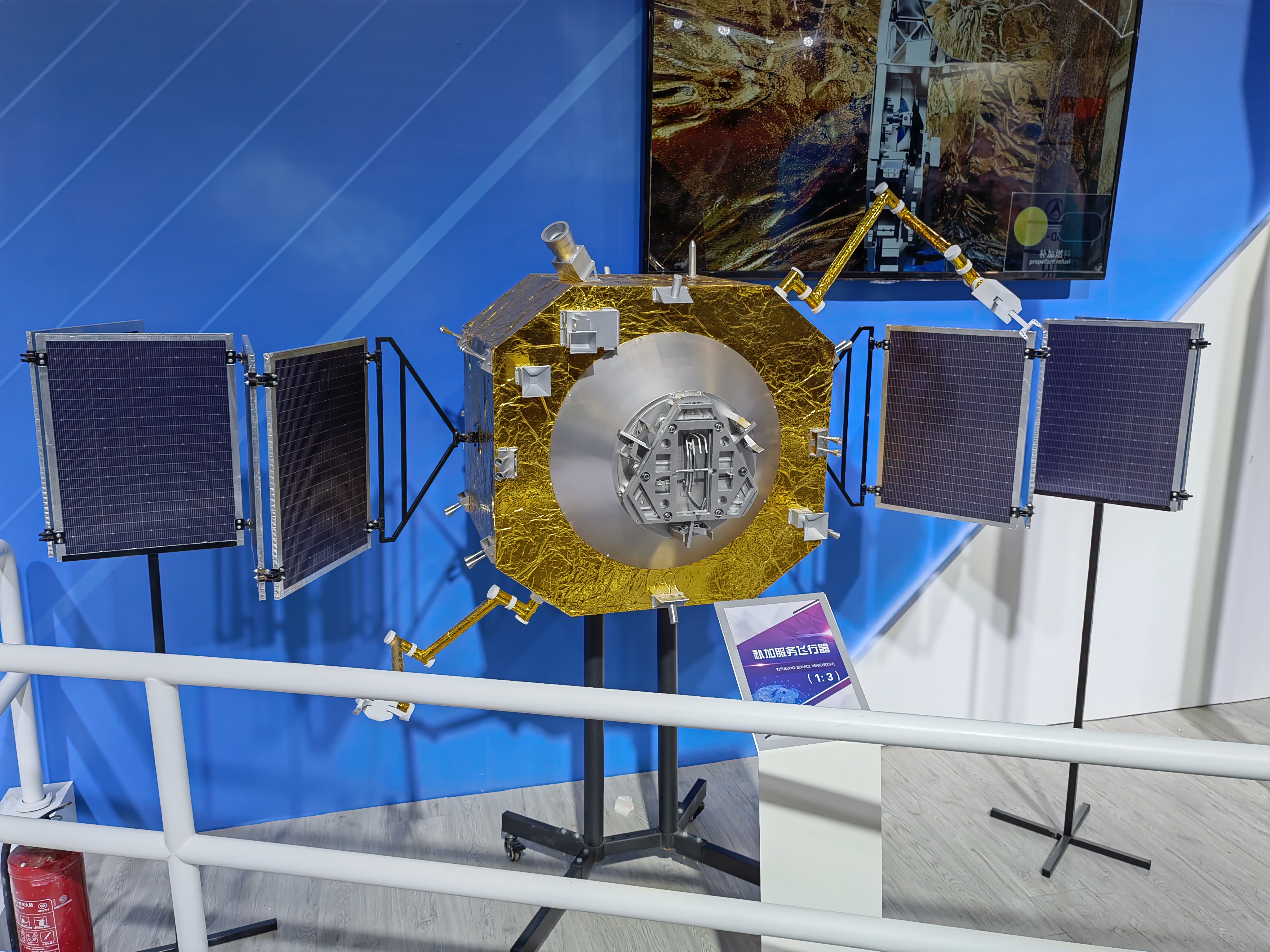A new report finds China’s space program will soon equal that of the US
As Jonathan Roll neared completion of a master’s degree in science and technology policy at Arizona State University three years ago, he did some research into recent developments by China’s ascendant space program. He came away impressed by the country’s growing ambitions.
Now a full-time research analyst at the university, Roll was recently asked to take a deeper dive into Chinese space plans.
“I thought I had a pretty good read on this when I was finishing grad school,” Roll told Ars. “That almost everything needed to be updated, or had changed three years later, was pretty scary. On all these fronts, they’ve made pretty significant progress. They are taking all of the cues from our Western system about what’s really galvanized innovation, and they are off to the races with it.”
Roll is the co-author of a new report, titled “Redshift,” on the acceleration of China’s commercial and civil space activities, and the threat these pose to similar efforts in the United States. Published on Tuesday, the report was sponsored by the US-based Commercial Space Federation, which advocates for the country’s commercial space industry. It is a sobering read, and comes as China not only projects to land humans on the lunar surface before the US can return, but is advancing across several spaceflight fronts to challenge America.
“The trend line is unmistakable,” the report states. “China is not only racing to catch up—it is setting pace, deregulating, and, at times, redefining what leadership looks like on and above Earth. This new space race will not be won with a single breakthrough or headline achievement, but with sustained commitment, clear-eyed vigilance, and a willingness to adapt over decades.”
A new report finds China’s space program will soon equal that of the US Read More »
